Picking chard after the rain, cleaning it, sanitizing it and leaving it ready for the preparation of different meals.
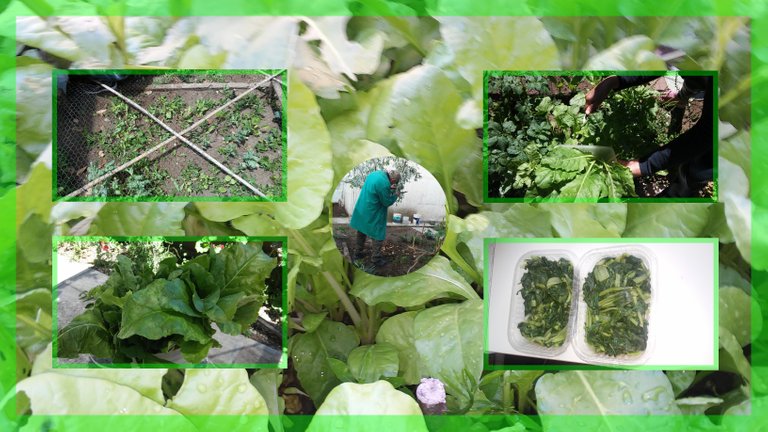
Chard can be harvested at any time once it has reached its maximum growth, that is obvious. However, just like any other leafy vegetable (lettuce, arugula, cabbage, kale, cauliflower, etc.) rainwater magnetizes them in such a way that it gives them an incredibly different appearance.
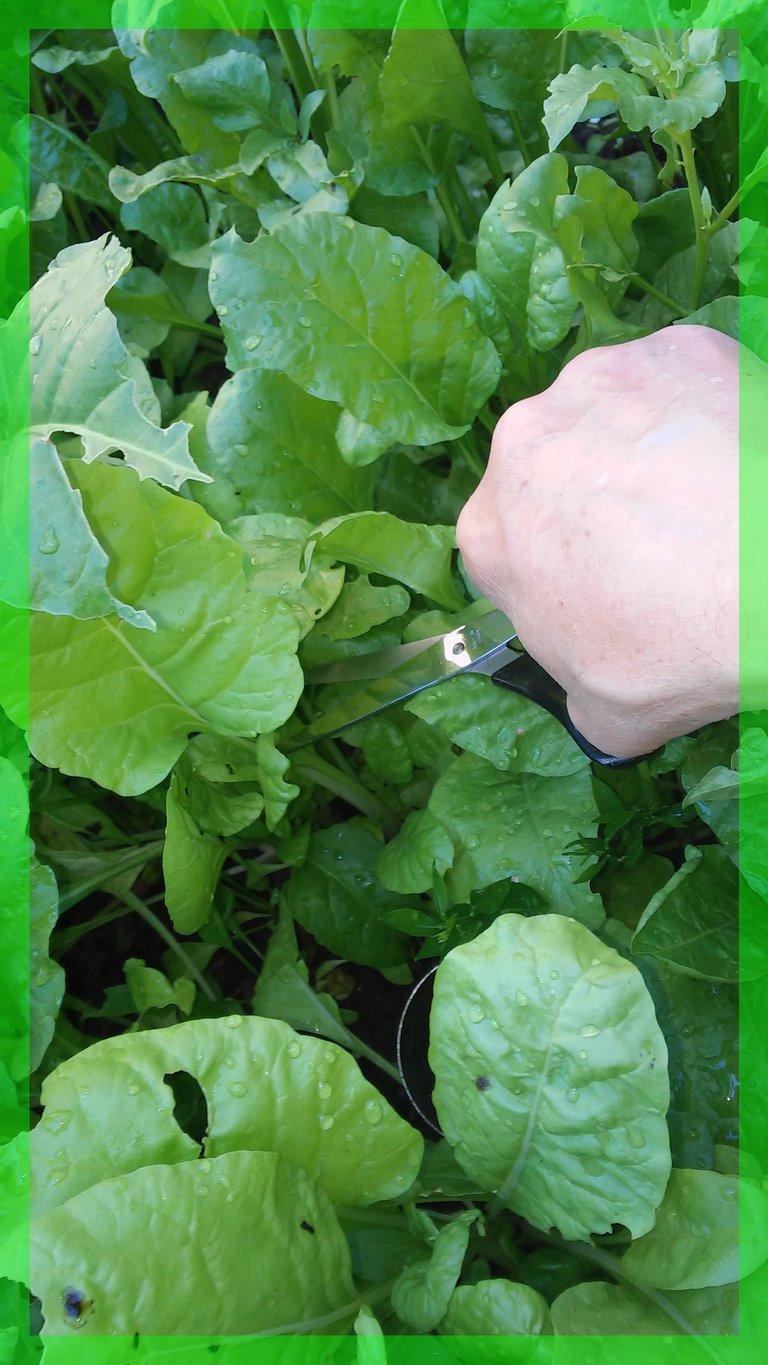
And it promotes their growth exponentially. Not only in the color and brightness of the leaves but also in their rapid growth. And even in its taste, fresher and more genuine.
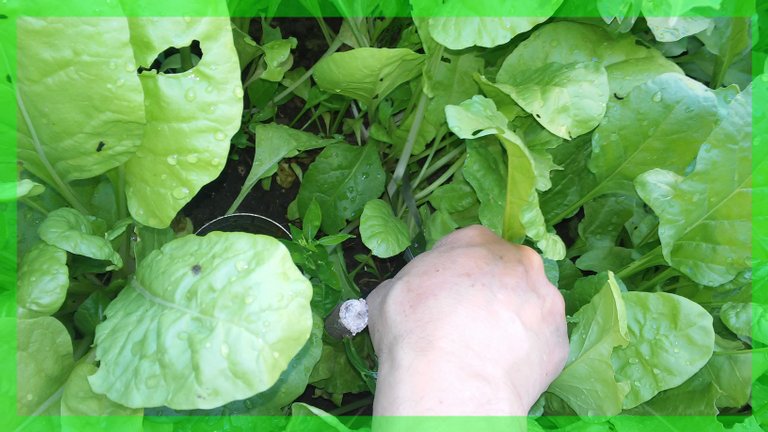
Rainwater produces a remarkable well-being in plants because it contains real macronutrients, apart from being purer and cleaner, which are an elixir for the growth of any plant.
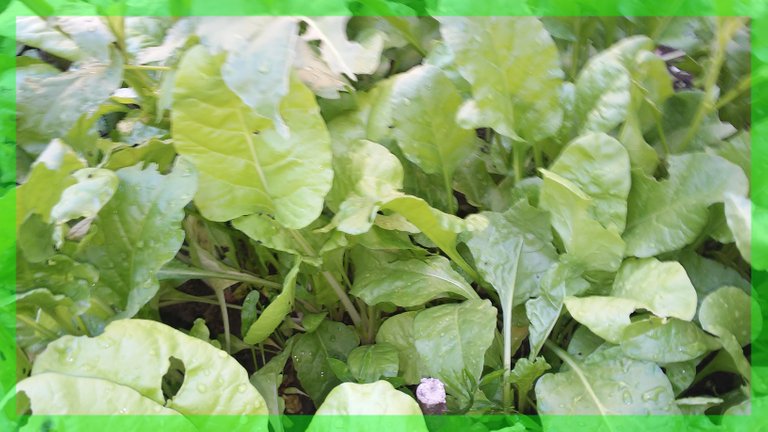
From a strictly scientific point of view, rainwater absorbs from the atmosphere small quantities of carbon dioxide which it uses to transform it into carbon acid of low concentration.
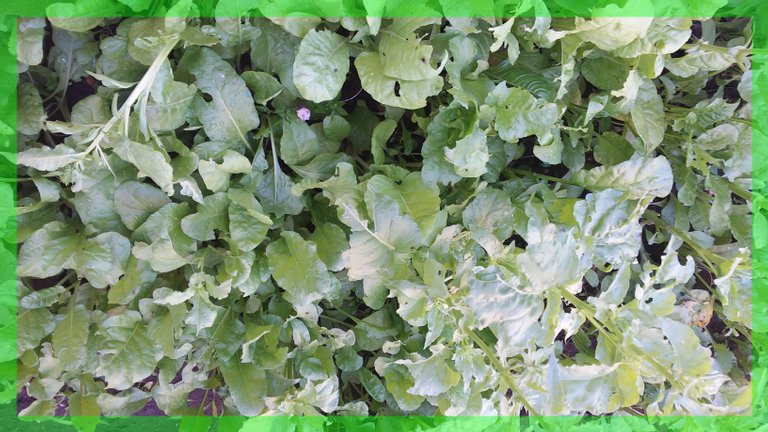
Once plants absorb this acid either through their leaves, stems and later from their roots, their growth multiplies rapidly and they grow healthier and more vigorous.
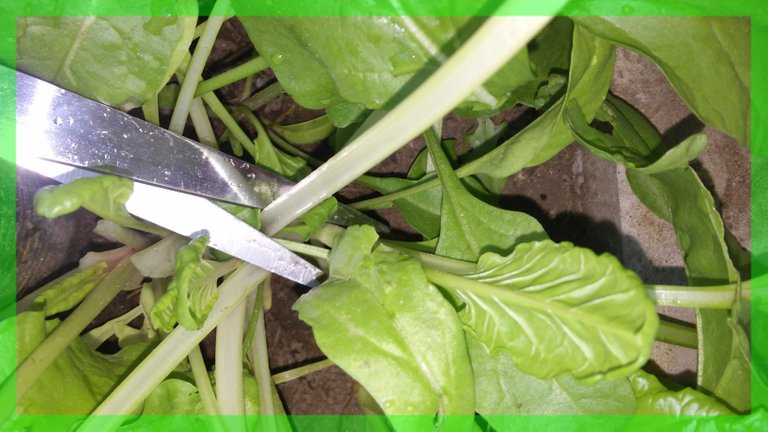
Watering plants with rainwater is beneficial, but never as beneficial as the rain itself, since a large amount of these nitrates are lost, absorbed again by the atmosphere.
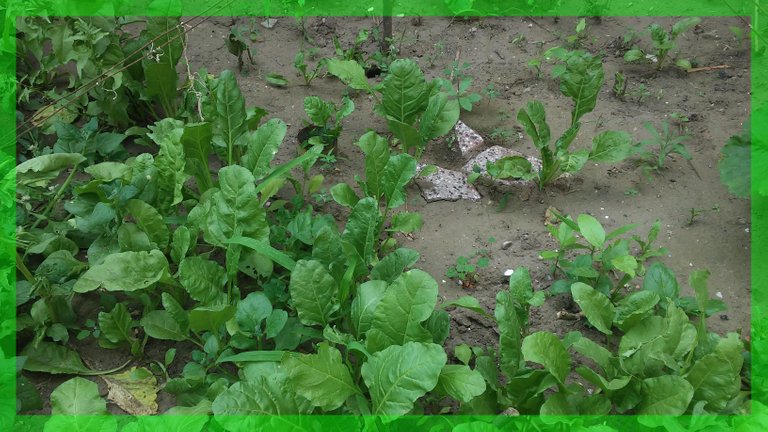
For this reason the ideal is to harvest leafy vegetables after the rain, before the plants begin to be punished again by the sun. Ideally, they should be harvested in the early hours of the day following the rain, weather permitting of course.
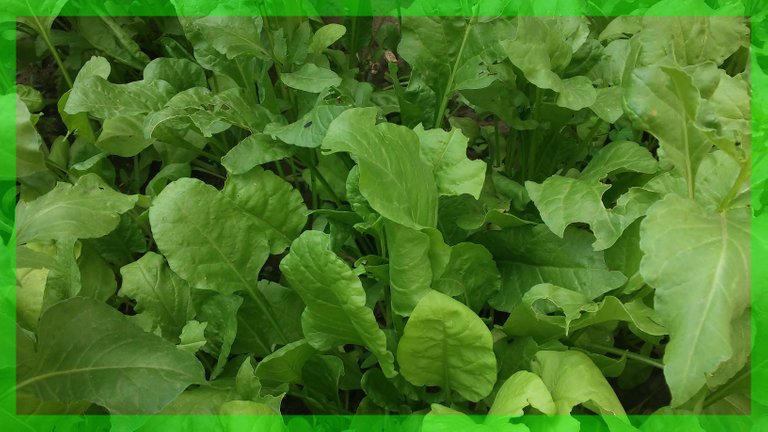
Let's keep in mind that the leaves are the most exposed part in this case, unlike the bulb vegetables (potato, carrot, garlic, onion, etc (whose fruit is more protected from the inclement weather to be buried underground). And that the action of the sun combined with humidity, apart from withering, can directly burn them.
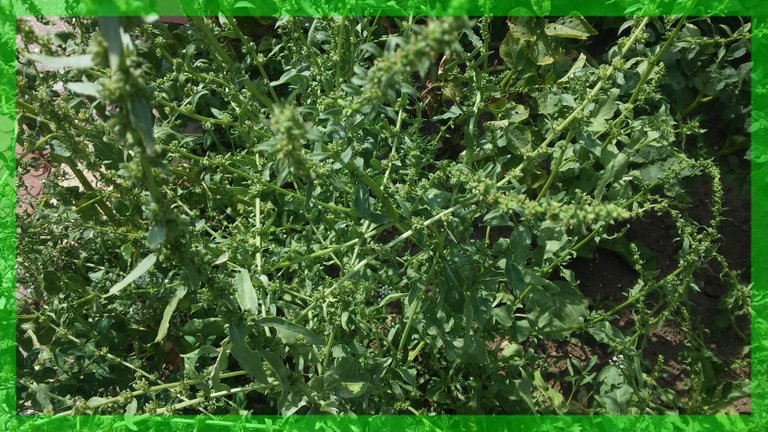
Having made these clarifications, let's move on to the work we have done (with my wife) by carefully cutting the chard leaves, with garden shears or a sharp knife, at the very base of the plant to take full advantage of both the leaf and stem parts.
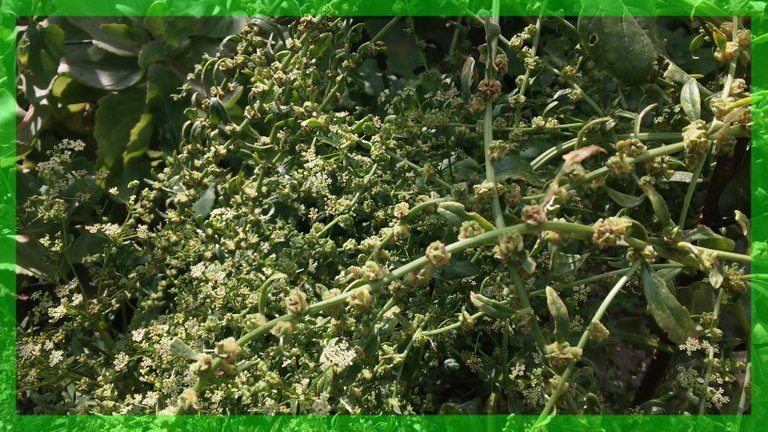
It is a job that should preferably be done in the early morning or late afternoon to give the cuts time to heal and thus the rest of the plant suffers much less. This allows new leaves to grow quickly.
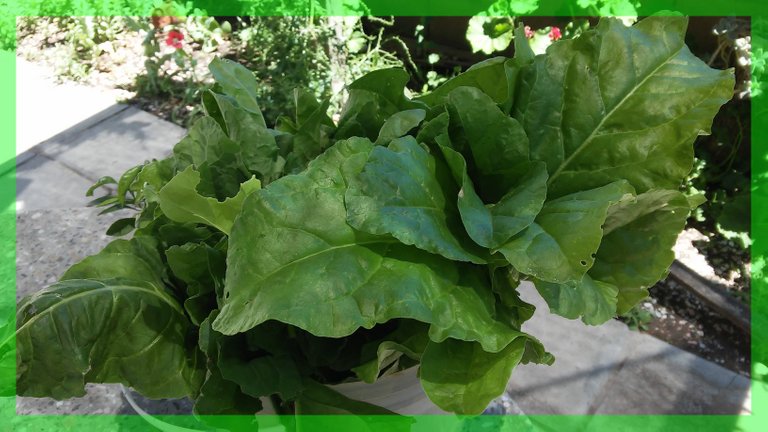
Apart from the rain there is another reason why it is convenient to cut the leaves immediately after the rain. If the chard is already well developed, it forms a damp vegetative cover under which caterpillars and snails nest and eat the leaves during the night, or if they do not eat them completely, they deteriorate them quite a lot, as you can see in some of the leaves shown in the pictures.
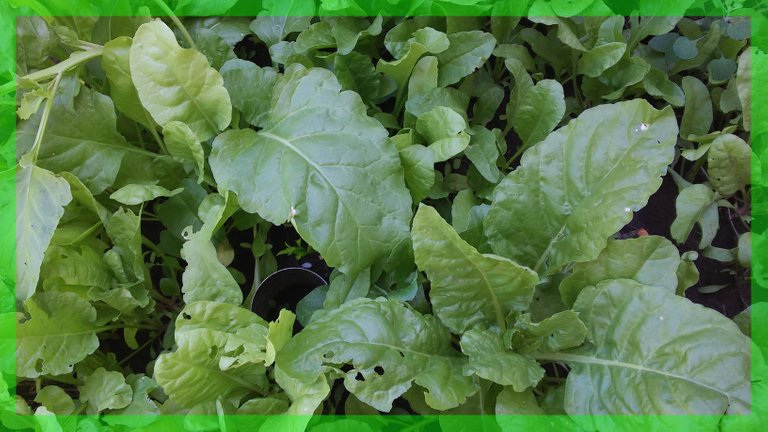
After searching intensely where these predators of the vegetables were hiding we were able to identify one of them.

See how its color makes it go unnoticed if the leaves are not carefully controlled.
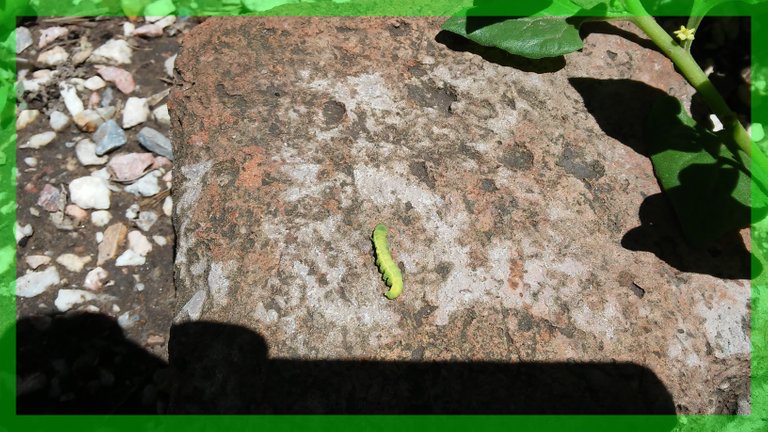
During the day they hide in the soil and it is difficult to find them. If the wet weather persists the risk of all the work being vanquished by the action of these garden predators is quite high.
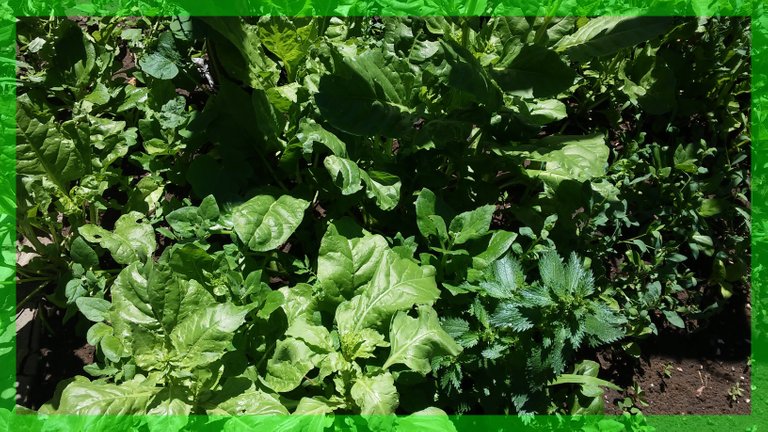
Cutting the leaves is a simple process at first glance, but we must take special care if we want the plant to continue to reproduce in the future, giving new ones and, consequently, to have a larger and more fruitful product process.
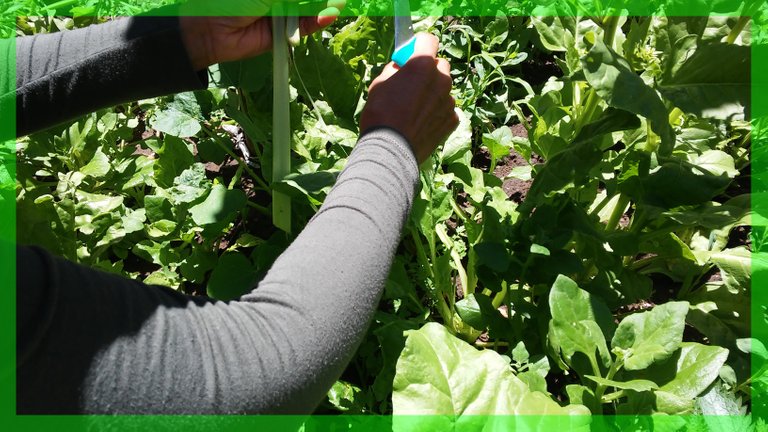
To do this job I suggest a kitchen knife with a sharp blade or a pair of scissors - not pruning shears because they are very thick - but those simple garden scissors, similar to those used by the old seamstresses.
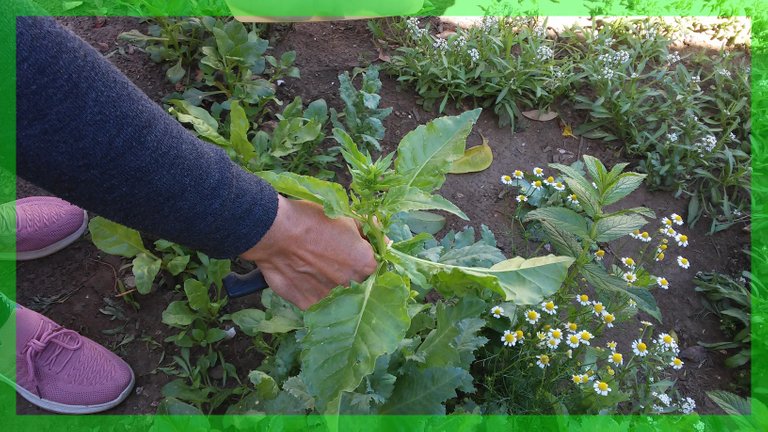
The cut should be clean, at the base of the trunk of the plant, almost at ground level. In the photos that I have published you can see how we have used (me and my wife) both elements: she with a sharp knife and me with the classic scissors.
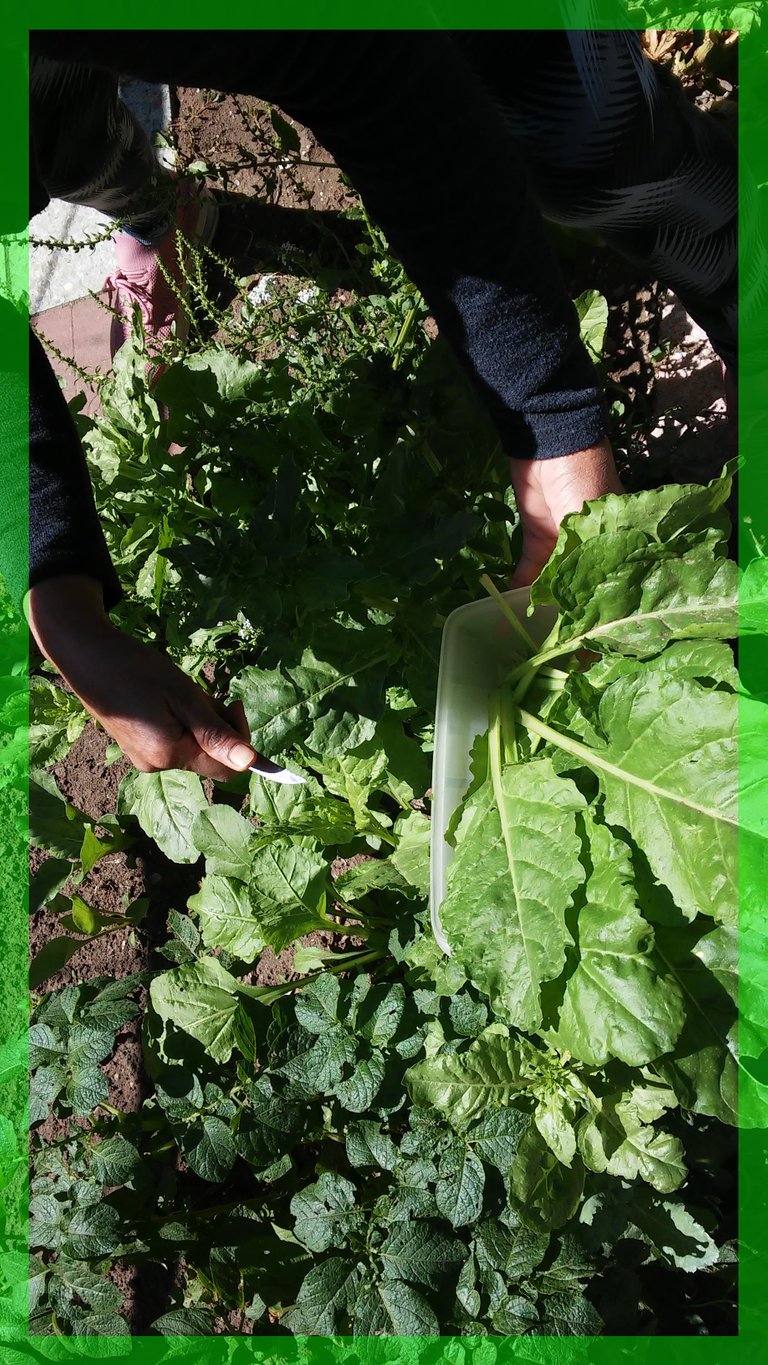
The result is the same: the cut is clean, at the base of the chard. This will prevent parasites from entering through the broken stem of the leaf (very common when it is cut by hand in one pull), which then go to the trunk and root of the plant causing its death, it begins to dry out and soon dies.
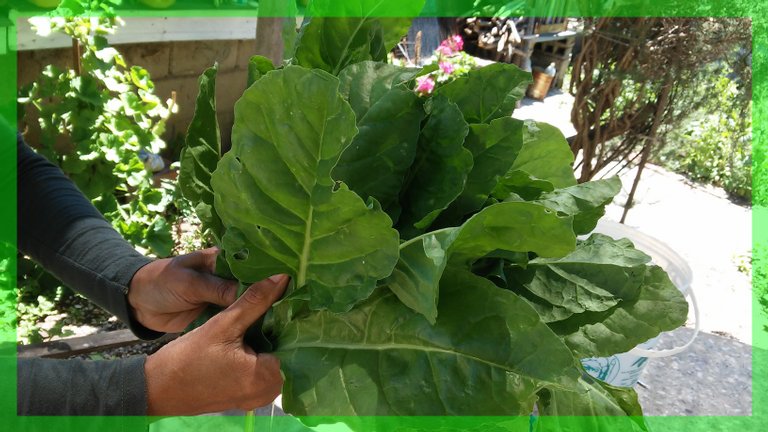
If we do the work as I have described in the previous paragraph, we can make two or three cuttings of chard leaves per year, and even the plant may eventually produce even some seeds before drying. Seeds that will be useful in the next planting season.
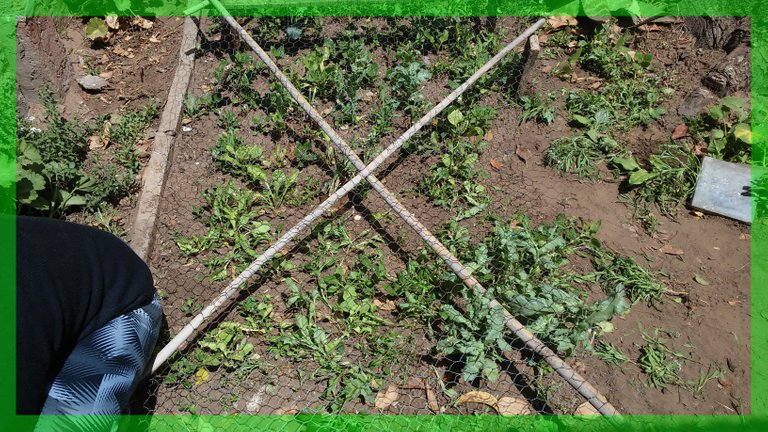
In any case if we leave the seed on the plant and when it is completely dry we proceed to bury it as a compost, it is very likely that soon the new seedlings will begin to grow.
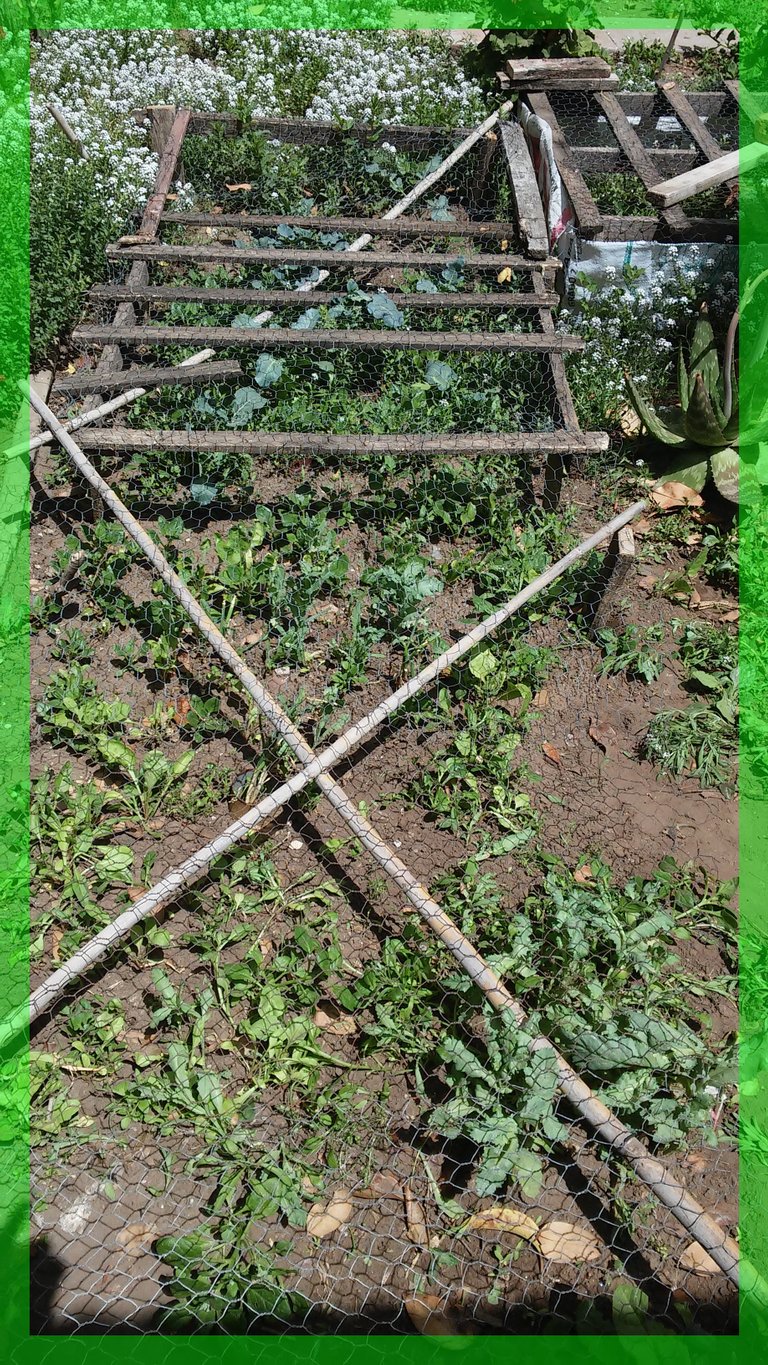
It is a vegetable that reproduces easily as you can see in the different photos, where you can see seedlings, plants with leaves to be harvested and very small plants that have been born by a new planting or autonomously by the effect of wind pollination.
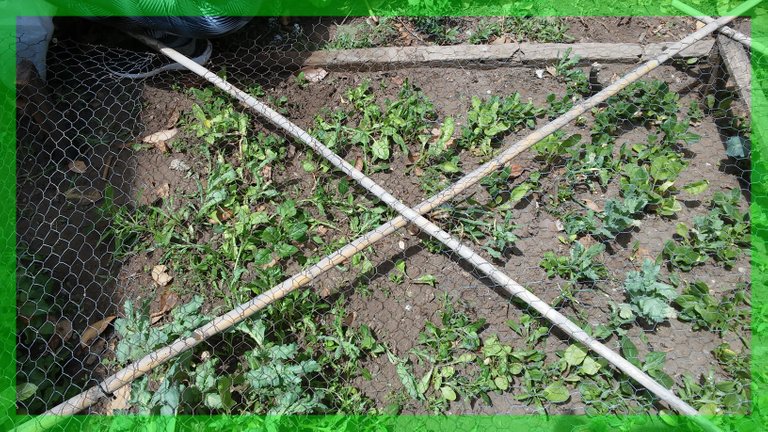
The greatest care when chard is small is to protect it from nocturnal and also diurnal visitors that can cause damage and destruction to crops.
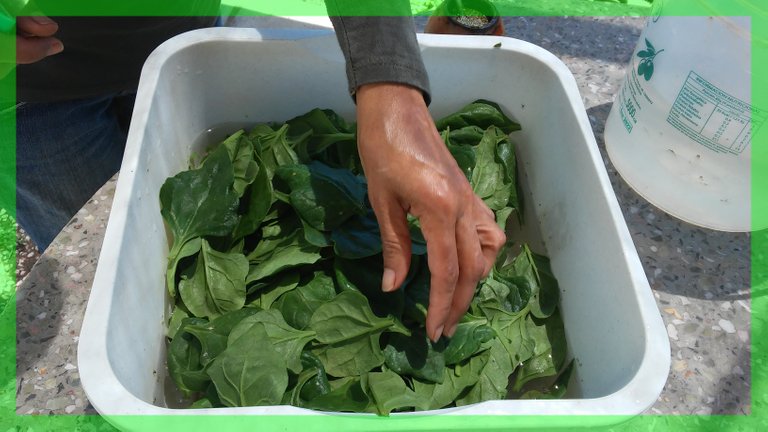
During the day we can control them but at night it is very difficult. For that reason until they grow enough the ideal is to protect the plants, in this case I have used a frame covered with fabric and a multicolored plastic fabric on the sides to scare them away.
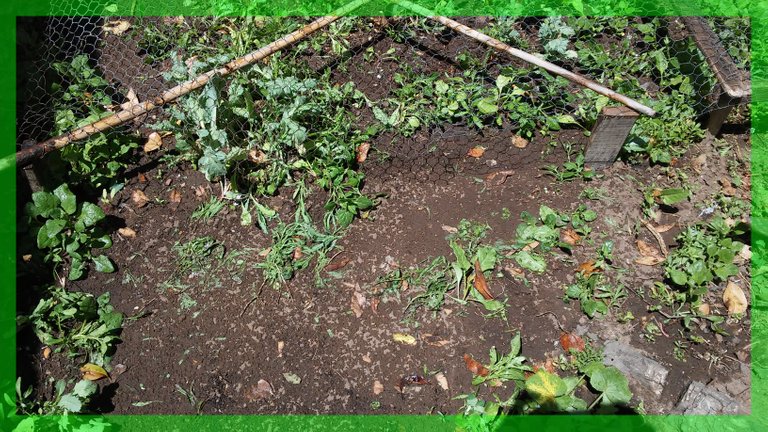
We collect the production in a bucket and start the process of cleaning it carefully. First we put the leaves in a rectangular plastic container of sufficient capacity covered halfway with drinking water for human consumption (which already contains a certain amount of chlorine).
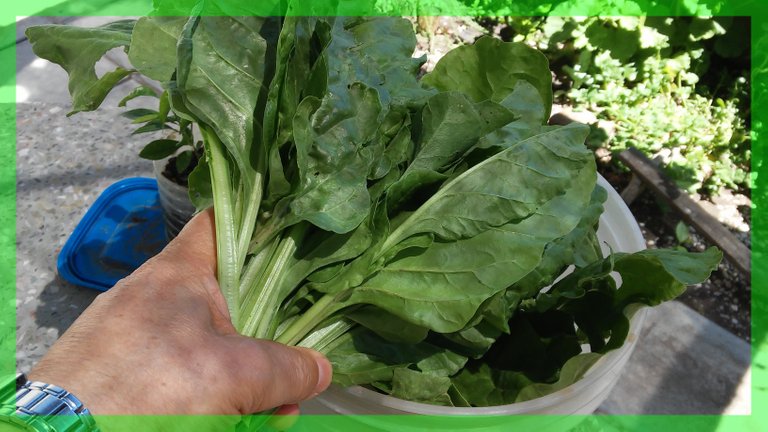
Rinse several times to remove soil, insects and other impurities that may contain the leaves, especially on the inside (where the parasites are protected from the sun).
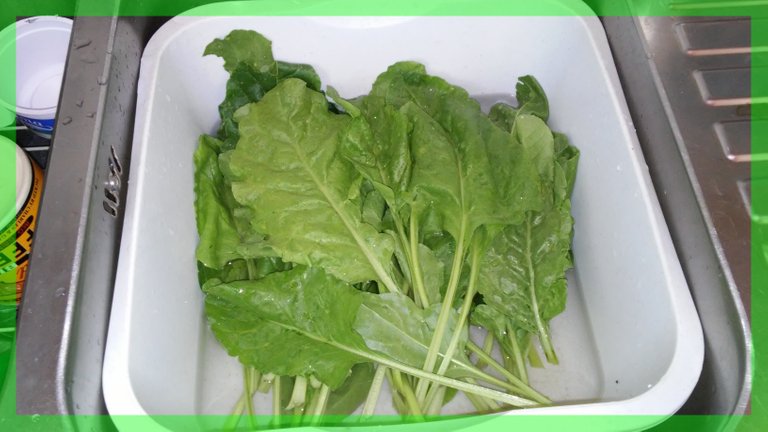
Once this first phase is finished we add again clean water in this case with sodium bicarbonate and vinegar that definitively eliminate any type of microscopic impurity or not visible to the naked eye. The dosage is one teaspoon per 2-3 liters of water.
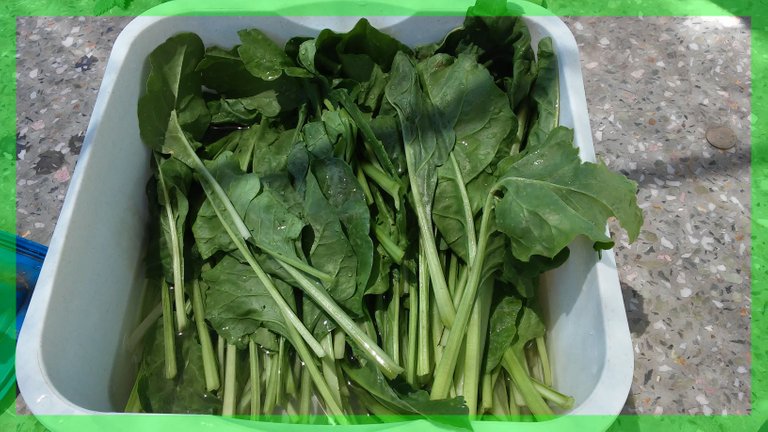
In our case we have added about 5 liters of water, 2 teaspoons of baking soda and two teaspoons of white vinegar -alcohol-. We rinsed vigorously and let the leaves stand for about 5-10 minutes.
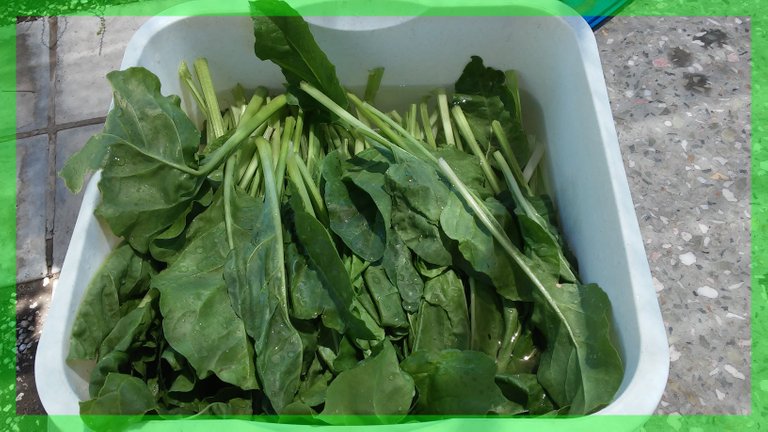
Finally we give them a last rinse only with water and we put them to dry inside our kitchen on top of a cloth tablecloth, dishcloth or any other flat element. We shake them so that they lose the last drops of water and place them in a large enough pot to boil.
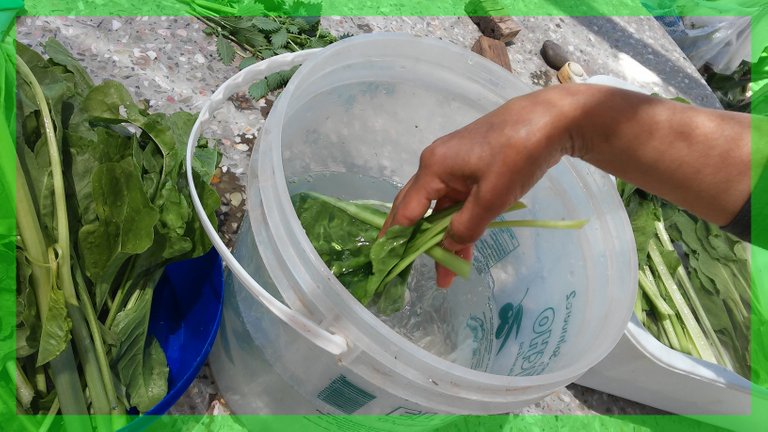
It is not necessary to add water to the pot since the same humidity of the leaves will condense. Cover the pot and leave over moderate-low heat for about 30 minutes.
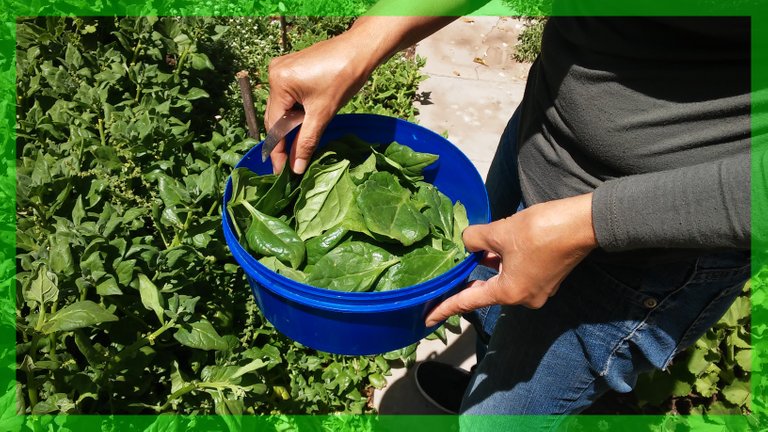
The chard is steamed - it is advisable to put an iron plate between the flame and the bottom of the pot - to attenuate and uniform the heat of the fire of the stove, not losing in this way any of its nutrients, unlike when we boil the chard in water and much of its nutrients and vitamins are lost in the same that is then discarded.
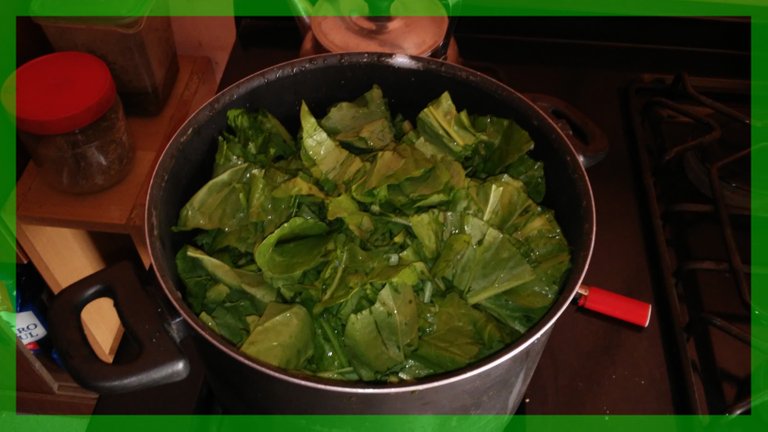
For steaming to be considered as such, the pot must always be closed.
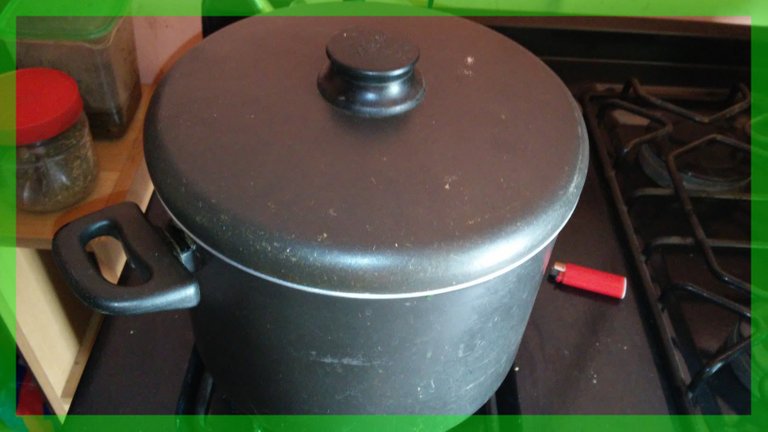
We can separate it in small quantities divided in a plastic bag and put it in the freezer. In this way we will have single portions available at any time.
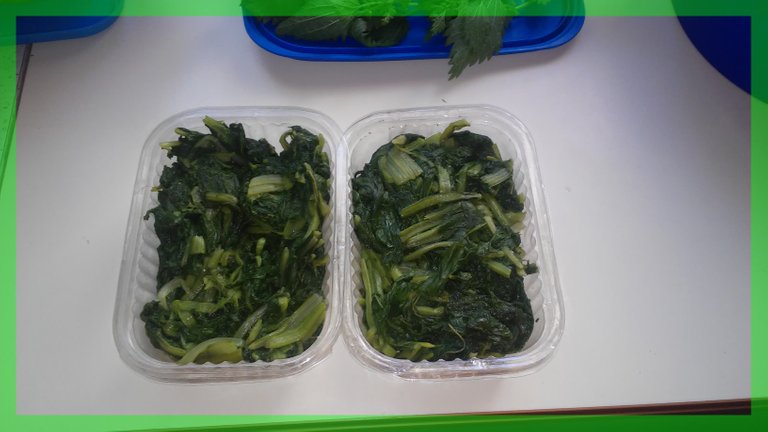
The culinary uses are numerous, but among the main ones we can highlight the traditional chard and ricotta ravioli, for example, or the no less traditional and delicious chard, potato and egg omelets.
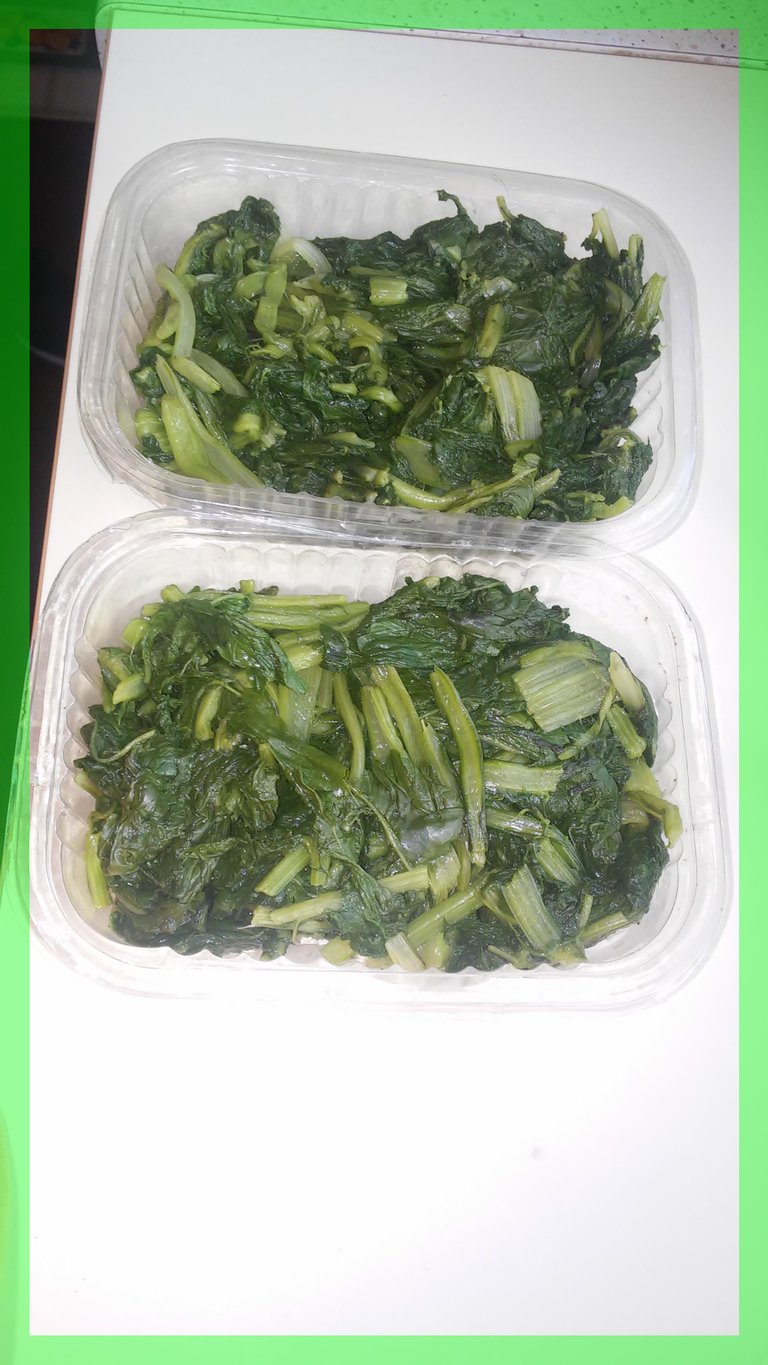
It can also be pan-fried with onion and garlic to accompany any kind of meat. And the recipes go on to (almost) infinity. It is one of the most versatile vegetables in our garden.
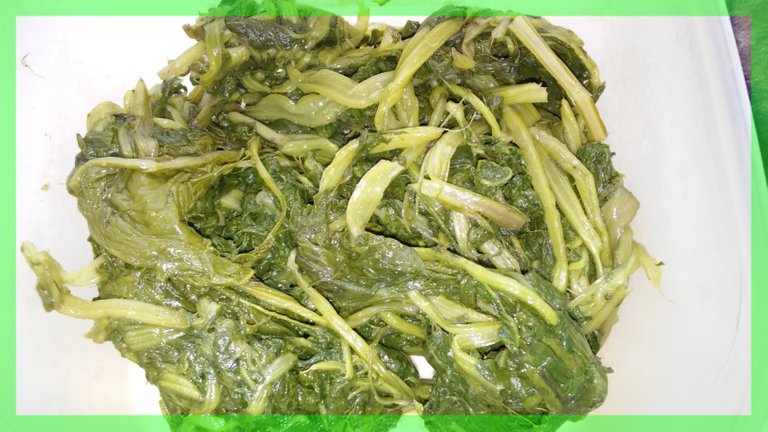
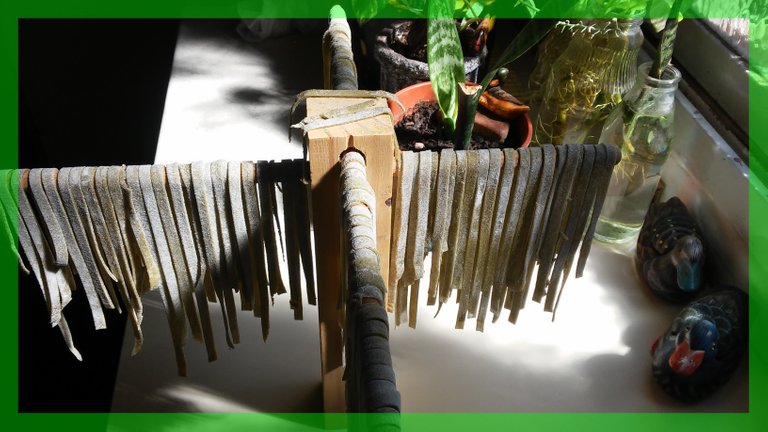
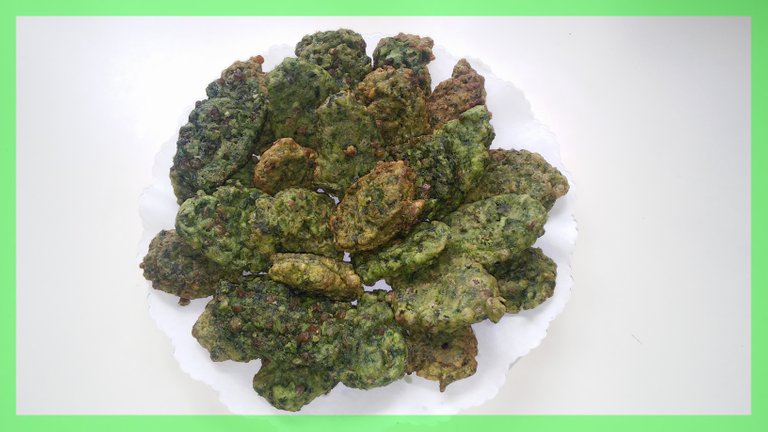
Your chard harvest is looking great! 👍
It is true, despite the drought the production has been more than acceptable. Thank you and have a good end of the year.
That’s good to hear 💙
Congratulations @goisal! You have completed the following achievement on the Hive blockchain And have been rewarded with New badge(s)
Your next target is to reach 600 upvotes.
You can view your badges on your board and compare yourself to others in the Ranking
If you no longer want to receive notifications, reply to this comment with the word
STOPCheck out our last posts: